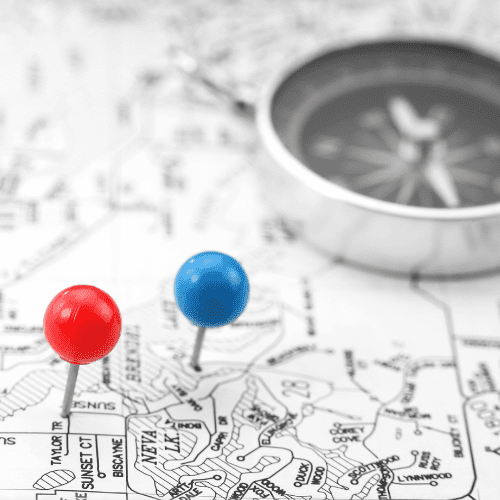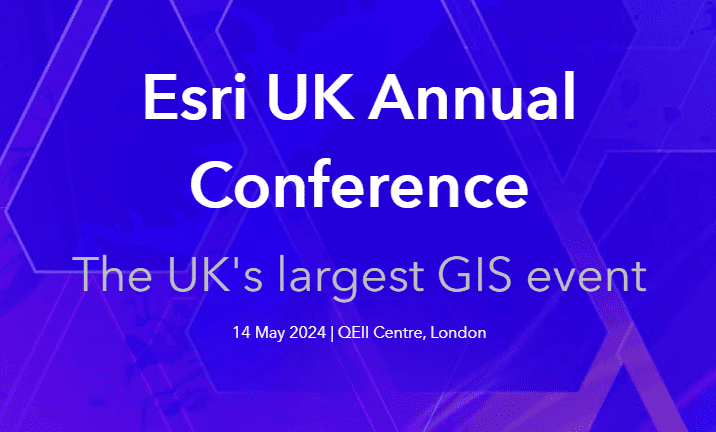Psychology and GIS

I initially joined MGISS as a market research intern to supplement my university studies in Psychology. A Psychology degree, in particular, involves A LOT of research so my experience with this spurred me to take on a research role at MGISS. What I underestimated at the beginning of my studies, was the breadth of topics and issues that Psychological research can include, one of which, I discovered while working at MGISS, is GIS.
Psychology and GIS are alike in several ways,both are approaches of looking at our world and gaining insight on human and animal behaviour; both have quantitative and qualitative angles. The two disciplines can and have been combined in an integrated approach to establish data analysis and research methods, e.g. observations and geotagging to investigate cultural preservation (Jap & Tiatri).
This approach to research is also making its way into a new system to help people with spatial or visual limitations (Loomis & Klatzy), therefore, not only is GIS essential to mapping our physical world, but it is also becoming valuable to mapping our minds; adapting to changes in our physical world.

Equally, developing physical infrastructure (highways, buildings, railways and services networks) usually involves the purchase of the best information technologies with the most current standards to execute successful communication between several stakeholders. What cannot be bought, however, is the skill of conquering cultural and individual differences of the people involved.
We are living in tough times- there is an everchanging global landscape and culture meaning people are more anxious and vulnerable to increasing levels of uncertainties. Therefore, in order to deliver solutions and procedures successfully, we must strive to better understand consumer behaviour patterns as well as data patterns.
This does not just apply to GIS, Psychology in business will always be crucial to really understand our customers, partners, even ourselves, but it is now becoming critical as awareness of the mental health and wellbeing of employees is more important than ever.
GIS and mental health research

Recently gaining momentum, is the adoption of GIS in mental health research. The mapping technology has provided new, advanced opportunity to further explore the relationship between our environment and mental health. More recently, there is scope to apply GIS technologies to evaluate faults in mental healthcare access, establishing spatial variation in service usage and arranging delivery and community integration of care.
Although the merging of health and environment is not a new concept, with acknowledgement as far back as Hippocrates, researchers seem to avoid it at any cost. Many researchers have a restricted view of GIS, seeing it just as a quantitative mapping tool, therefore it is often brushed aside.
However, with the constant development of GIS technologies and their relevance to analytics and path depictions, along with opting a more consumer-led approach to mental healthcare, it can no longer be disregarded.
GIS is more than just maps and data, it can help every single person if their mind is put to it, and they look a little deeper. As the technology becomes a more commonplace, I am sure it will become a sought-after approach, with new-fangled, innovative implementations in mental health and beyond.
About
Zoe joined MGISS part-time to supplement her Psychology degree. She developed in her role as Wellbeing Lead for the business which has received recognition by the BIMA 100. A self-described Jack-of-all-trades, master of none, Zoe has developed many skills working in different roles at MGISS from Market Research to Employee Wellbeing. She has now got her Sales & Marketing Coordinator hat on, allowing her to exhibit her efficiency in organisation, process and internal and external comms



